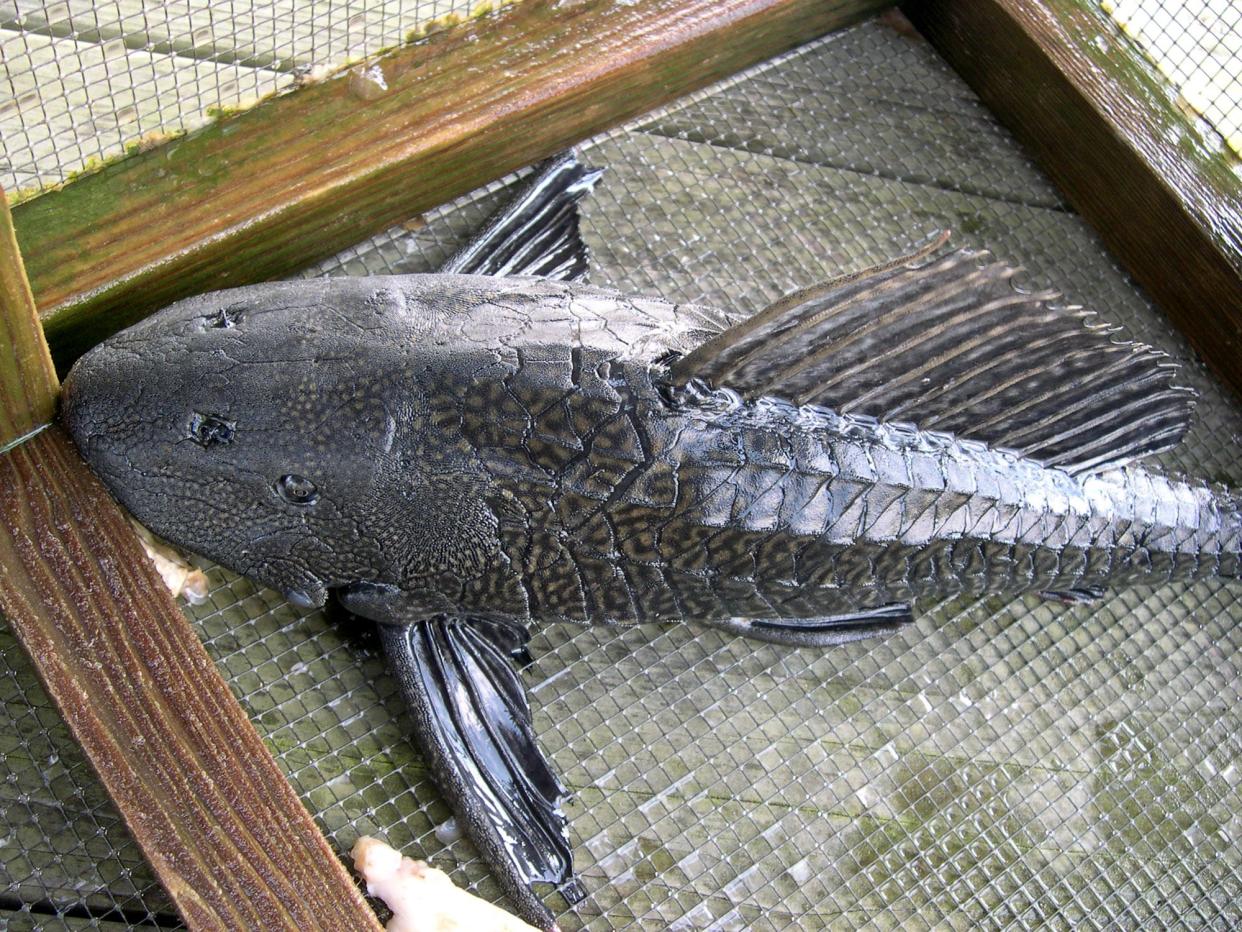Catfish 101: From armored, bullhead, channel, sucker-mouthed to white, the St. Johns has them

Let’s not talk about hurricanes after what we went through last week with Ian. Maybe it is time to look at one of the more common and extremely popular groups of fish found in the St. Johns River: catfish.
They get their name from the prominent barbels that resemble a cat’s whiskers. There are several species in the river with the channel catfish and white catfish among the more common.
However, three species of bullheads — brown, black, and yellow — also call the river home, along with other species both native and introduced. These catfish are omnivores that feed on both plants and animals such as insects, juvenile crabs, algae, snails, small fish and detritus. Detritus is the decaying plant material on the bottom that is also home to a variety of worms and other organisms.
Their reproduction occurs during the spring and summer months when the male builds nests where the female lays thousands of eggs and fertilization occurs. The male will guard the nest, fanning water to aerate and clean the area and, later, the young fry.
Sometimes the males will take the eggs into their mouth to protect and brood them. This mouth brooding can be a bit unnerving when you catch a catfish, and the eggs emerge onto the deck. The fry will leave the nest a few days after hatching. As they mature, catfish will tend to occupy bottom areas with slow-moving water. Individuals may live for well over a decade.
River Life: La Nina, El Nino and ENSO: Weather events afar impact Florida; get ready for a dry summer
Hurricane season, Jacksonville and the St. Johns River: It's all about the timing and tides
There are a couple of things that are interesting about catfish. For one, catfish do not have scales but rather mucus-covered skin that is actually used to breathe. It is termed cutaneous respiration, where the fish breathes through its skin. So, when you catch and want to eat a catfish, you have to skin it, rather than clean the scales.
There is another thing that makes the catfish dangerous to handle for the inexperienced. All catfish have a strong, hollow, bony, spine-like ray on their dorsal (back) and pectoral (side) fins. As a defense mechanism, these spines can lock into place so that they stick outwards, enabling them to inflict severe wounds.
In numerous catfish species, these fin rays can be used to deliver a stinging mucus protein, as many as half of all catfish species may be venomous. Fortunately, the catfish in the St. Johns River are not poisonous but can still inflict a nasty wound.
Catfish are especially important in benthic food webs in both the freshwater and estuarine sections of the St. Johns River. At one time, before the net ban, they were a major component of the freshwater commercial fishery. There is still a large recreational catfishing community active in the river.
Oysters 101: Around for 15 million years, here's what you may or may not know about oysters
Regretfully, Florida and the St. Johns River have also become home to several species of non-native or invasive armored suckermouth catfish that were originally purchased by aquarium owners as algae-eaters. They all have rows of bony plates covering their entire body except for their bellies, along with a disc-like mouth under the head that is used like a suction cup to attach and feed on algae-encrusted objects.
These suckermouth catfish live in nearly any type of slow-moving stream, canal, pond, or lake and are most frequently found along the shoreline and in shallow waters and can grow to lengths up to 24 inches and weigh 3 pounds. They are known to create long burrows along the shoreline where the female will deposit her eggs during the spawn.
Armored catfish are just another name on a growing list of non-native fish residing in our local waters and are probably here to stay. It is just sad how a few well-meaning, but ill-informed individuals can impact the balance of the ecosystem.

Glad you asked River Life
What was the Florida Net Ban and has it been successful?
In November 1994, Florida voters enacted a constitutional amendment that banned commercial net fishing in Florida waters after July 1, 1995. It passed with over 70% of the voters in favor of limiting the size and length of nets.
While recreational fishing interests were in support, commercial users opposed the move to restrict their catch. In general, the net ban has improved overall fishing but not without a cost to families who relied on nets for their livelihood.
River Life runs the first Tuesday of each month in The Times-Union. Email Quinton White, executive director of Jacksonville University’s Marine Science Research Institute, with questions about our waterways at qwhite@ju.edu. For more on the MSRI, visit ju.edu/msri.
This article originally appeared on Florida Times-Union: The St. Johns River and Florida is home to many species of catfish

